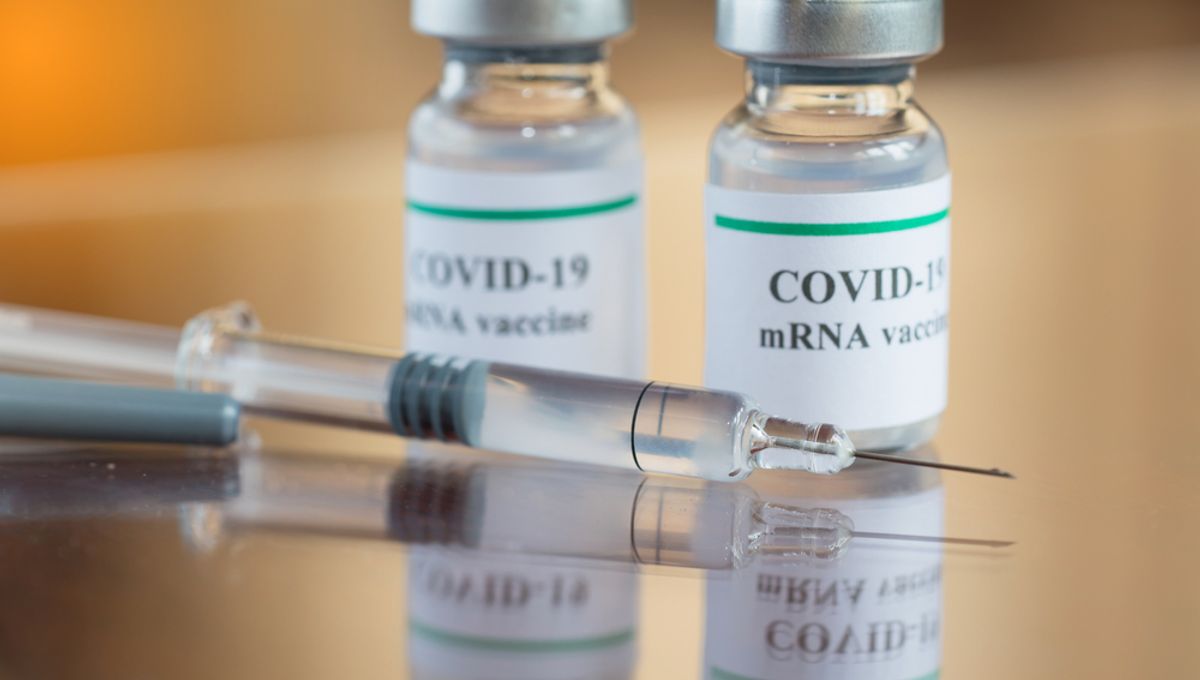
Republican lawmakers in Idaho have put forward a bill to ban the administration of mRNA vaccines in the state, encompassing any vaccine that uses the technology but specifically targeting the COVID-19 jabs. The bill would block both current life-saving mRNA jabs and any future developments, including those currently in the pipeline against various cancers.
Proposed by Senator Tammy Nichols and Representative Judy Boyle, the bill would make anyone that administered an mRNA vaccine to any mammal within the state guilty of a misdemeanor, which could carry a fine and/or a jail sentence.
The bill-backers take specific issue with how the use of COVID-19 mRNA vaccines was “fast-tracked” under emergency use authorizations and not initially subject to the extensive (and incredibly time-consuming) full regulations of the Food and Drug Administration (FDA). Full approval has since been granted.
The move is just another in the long saga of staunch objection to anything mRNA-based during and after the COVID-19 pandemic, including how quickly the vaccine was supposedly developed, misconceptions about how mRNA technology actually works, and government vaccine mandates ensuring anyone in federal employment had to be given the jab to continue work.
Scientists did deep dives into the short and long-term effects of the mRNA vaccines and found some rare adverse effects, but that the risks associated with COVID-19 infection far outweighed the potential risks of vaccination. Some media outlets and personalities misinterpreted these results and declared the jabs dangerous – so, how does mRNA technology actually work, and is there any risk?
How do mRNA vaccines work?
An mRNA jab actually works very similarly to more conventional vaccines, just with an extra step. Most vaccines deliver a small dose of inactivated virus into the body, acting as a template that the body then recognizes as foreign and develops immune cells against. These immune cells then form a memory, priming the body for when the real virus comes knocking; think of a vaccine like a fire drill, and when the fire actually occurs, everyone remembers exactly how to deal with it and reacts as quickly as possible.
Instead of providing an inactive virus, mRNA vaccines take an extra step and provide instructions (mRNA) for the body to produce a specific part of the virus, which is then recognized by the immune system and the process resumes as normal. In the case of COVID-19, the mRNA codes for the spike protein of the virus, which is the protein on the outside of the virus that is used to enter our cells.
These vaccines are so exciting because creating a traditional vaccine takes time – the virus must be grown in large quantities before being weakened, which is a long process. Newer mRNA vaccines can be rapidly produced once the mRNA has been designed, which allowed them to save many lives during COVID-19.
There have been some studies that have found residual mRNA in the blood of people that have received the mRNA vaccines, but there is currently no evidence to suggest this is widespread or that it poses any threat to health. It has also been touted that they cause an increase in heart conditions, but such cases are incredibly rare and the risks are significantly less than those associated with COVID-19 itself.
The COVID-19 vaccines have been delivered 613 million times in the USA alone, with a reported 12.7 billion doses delivered worldwide to date. If there were significant safety risks, they would have made themselves clear already, and banning them outright prevents citizens from reaping the possible benefits of future developments, whether that be preventing cancer, various infectious diseases, and much more.
Source Link: Idaho Bill Looks To Ban mRNA Vaccines – How Do They Work?